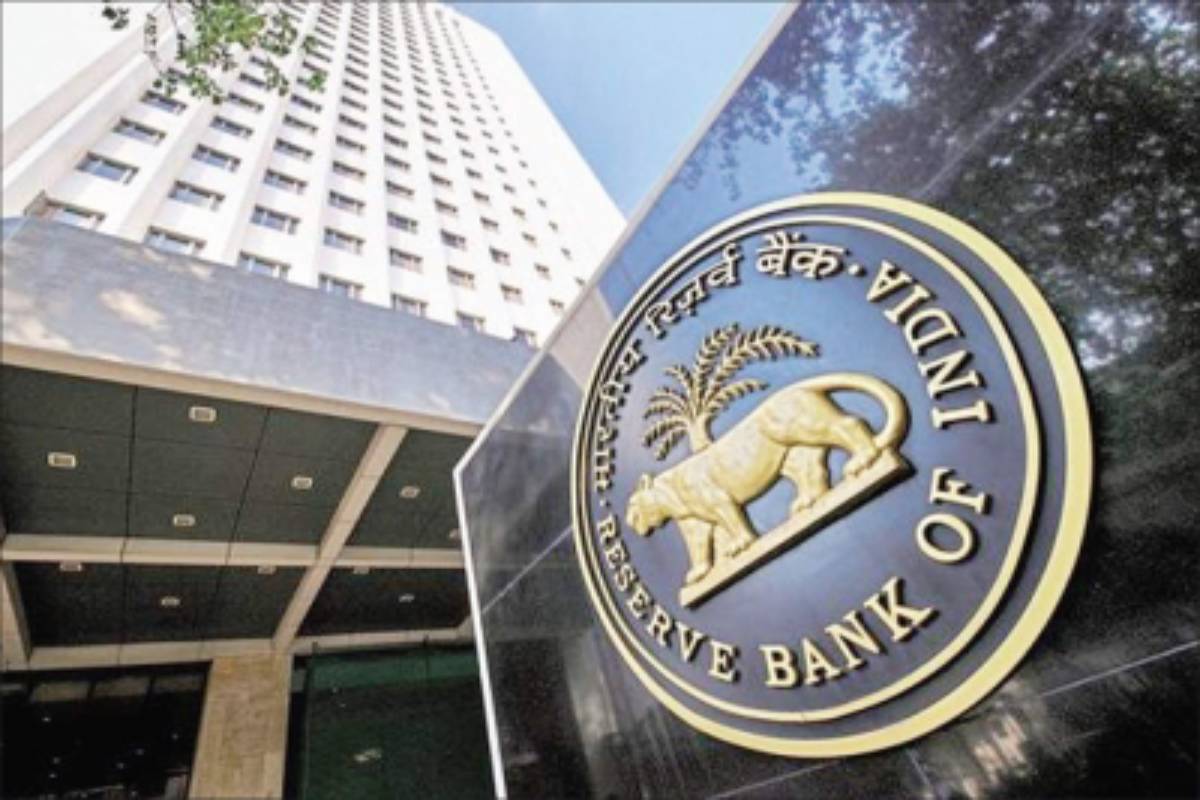Price of tomato declining: Centre
The Centre on Sunday claimed that the retail prices of tomatoes are on the decline with the fall in mandi prices.
In the ever-fluctuating realm of economics, forecasts serve as guiding stars for policymakers, investors, and citizens alike.

[Photo : IANS]
In the ever-fluctuating realm of economics, forecasts serve as guiding stars for policymakers, investors, and citizens alike. The recent projections by the International Monetary Fund (IMF) and the Reserve Bank of India (RBI) regarding India’s economic growth and inflation rates present a snapshot of the nation’s financial landscape. While optimism abounds, there are underlying challenges that must be addressed.
The IMF’s upward revision of India’s economic growth forecast for the current fiscal year, from 6.1 per cent to 6.3 per cent is undoubtedly encouraging. This adjustment reflects stronger-than-expected consumption trends, particularly during the April-June period. It is a testament to the resilience and adaptability of India’s economy, which has faced its share of trials, from the pandemic’s grip to economic uncertainties. However, optimism should be tempered with a dose of caution, especially concerning inflation.
The RBI’s emphasis on keeping interest rates high until inflation nears the 4 per cent midpoint of its 2-6 per cent target range is a sign that they are taking inflationary pressures seriously. The decline in inflation to 5.50 per cent in September offers some relief, primarily attributed to moderating food prices and government subsidies. But the persistent challenges lie in essential food items like cereals, pulses and spices, where the central bank’s influence might be limited. The reduction in vegetable prices, a noticeable contributor to inflation, is a heartening development.
Advertisement
Yet, the ongoing volatility in global crude oil prices poses a persistent risk. With oil prices hovering around $90 a barrel, the impact on India, a significant oil importer, cannot be understated. Rising oil costs can cascade through the economy, affecting everything from transportation to manufacturing, ultimately impacting consumer prices. These economic dynamics underscore the delicate balancing act facing Indian policymakers. They must nurture and sustain the robust growth that the nation is experiencing while curbing inflationary pressures. Achieving this equilibrium is akin to walking a tightrope, where even a slight misstep can have farreaching consequences.
Moreover, the IMF’s global economic outlook serves as a backdrop, emphasising that despite India’s resilience, global growth remains low and uneven. The revisions to China and the euro zone’s growth forecasts signal that India is not isolated from external economic forces. As an integral part of the global economy, India’s prospects are intertwined with those of the world at large. Looking ahead, India’s economic journey will be marked by resilience and adaptability, hallmarks that have guided it through myriad challenges. While the IMF’s projections paint a picture of continued growth at 6.3 per cent in 2023 and 2024, a broader perspective reveals that India must navigate various uncertainties, from inflation and volatile oil prices to global economic shifts. Balancing growth and inflation is a complex endeavour, requiring a steady hand on the economic tiller. India’s ability to strike this balance will determine its trajectory in the uncertain global economic landscape.
Advertisement